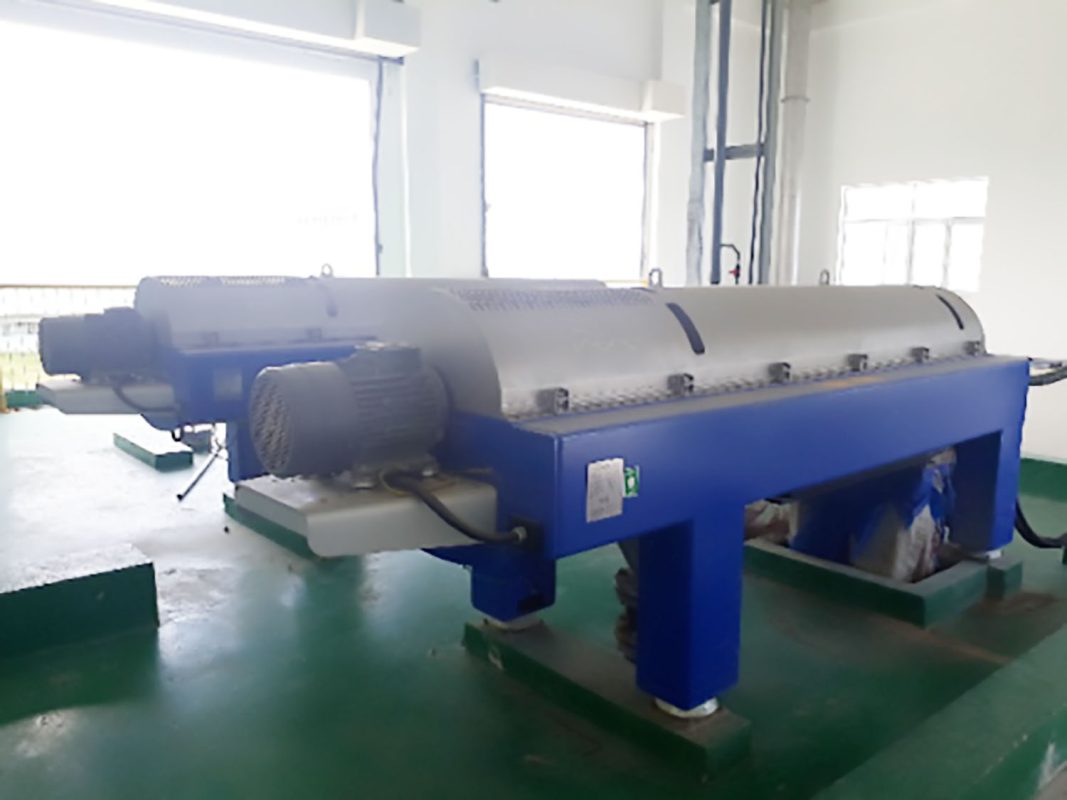News
Sludge from wastewater treatment systems: Characteristics and treatment
Sludge from wastewater treatment plant systems has a high pollution index and needs to be collected and treated strictly. Otherwise, it will cause serious consequences to the ecological environment. Toan A’s article below will share details about this issue as follows:
Characteristics of sludge from wastewater treatment systems
Sludge is part of the final product of the wastewater treatment process. These are organic or inorganic compounds and many impurities are toxic and difficult to handle.
What is sewage sludge?
Removing sludge from wastewater treatment plants is considered extremely difficult and complicated. Therefore, it is necessary to adopt advanced technology and techniques. Basic characteristics of wastewater sludge include:
Sewage sludge contains a large source of energy
Essentially, sewage sludge contains 10 times more energy than is required for treatment. Accordingly, the dry sludge disposal step contains lignite energy at a rate of about 7780 Btu/lb.
Therefore, it is possible to utilize the energy in wastewater sludge into energy for many different purposes.
Sludge causes environmental pollution
If sewage sludge is not treated promptly, it can become a direct pollutant to the environment, causing epidemics, affecting the ecosystem and public health.
Therefore, sludge treatment is an indispensable step in domestic, industrial and medical wastewater treatment systems.
Current status of sludge treatment from the wastewater treatment system
Currently, there are many domestic wastewater treatment systems. There are systems designed with sludge treatment features. However, there are also systems that choose to treat sludge through a professional third party. Theoretically so, but in reality, a lot of excess sludge accumulates.
Current status of sludge treatment from the wastewater treatment system
After a while, the microorganisms and chemicals in it decompose. From there, it pollutes the air and creates an unpleasant odor. When the sludge decomposes, it dissolves in water and seeps into living waters, polluting water, soil and air. From there, it causes serious pollution consequences.
Current types of sludge
Industrial sludge
This type of waste is created after the industrial wastewater treatment process. The composition of this type of sludge contains heavy metals such as Cu, Cr, As, N, Cd, and hazardous waste. Therefore, sludge treatment in the system becomes complicated and difficult. There are also organic, inorganic, chemical wastes…
Industrial sludge
Industrial sludge includes two types: hazardous industrial sludge and non-hazardous industrial sludge.
Hazardous industrial sludge: Needs to be collected and treated properly.
Non-hazardous industrial sludge: Does not require disposal and can be treated for many different purposes.
Domestic wastewater sludge
This type of sludge contains high levels of organic matter, along with toxic chemicals and detergents. They are accumulated from the process of treating people’s domestic wastewater.
Domestic wastewater sludge
Domestic wastewater sludge is diverse in composition and requires appropriate treatment processes to bring the best benefits.
Medical waste sludge
This type of sludge is highly toxic, containing many microorganisms, pathogens, antibiotics, chemicals… Therefore, it is extremely harmful to the environment and humans.
Medical waste sludge
Medical waste sludge needs to be collected and treated separately to completely remove the pollutants in it. Ensure that when released into the environment, it does not affect the ecosystem.
Methods of treating sludge from wastewater treatment systems
Use probiotics
This method is considered safe and stable. Simply put, it is the biological oxidation of organic pollutants during wastewater sludge treatment. To apply, it is necessary to prepare an aerobic tank, aerobic sludge decomposition microorganisms, and a sludge treatment settling tank.
Microbial products for wastewater sludge treatment
Microbial strains can be cultured in liquid form with high activity. Thereby, accelerating the biological decomposition process, reducing the amount of residual sludge in the wastewater treatment system.
Use the gasification method
This is a method of converting carbon materials into syngas. This gas is flammable, containing carbon, carbon monoxide, hydrogen, nitrogen, carbon dioxide and methane. Can be used as fuel to generate electricity, steam, gas…
This method has the advantage of significantly reducing sludge weight, using less oxygen, reducing emissions, and taking advantage of product gas. However, investment costs are high, many processes are complicated and must ensure clean/pure gas products.
Burial method
This method treats wastewater sludge by packaging and solidifying to minimize and prevent the impact of wastewater sludge on the surrounding environment.
Burying sewage sludge
The condition is to bury the sludge in areas far from residential areas, away from domestic water sources and tree planting areas.
Burning method
The sludge will be pressed tightly, dried, then burned at temperatures above 800 degrees Celsius.
Method of burning sludge
This method is estimated to be able to reduce waste volume by 80% – 90%. However, with solid waste sludge, residue, and liquid sludge, it is necessary to use a combustion chamber with temperatures up to 1000 VND.


